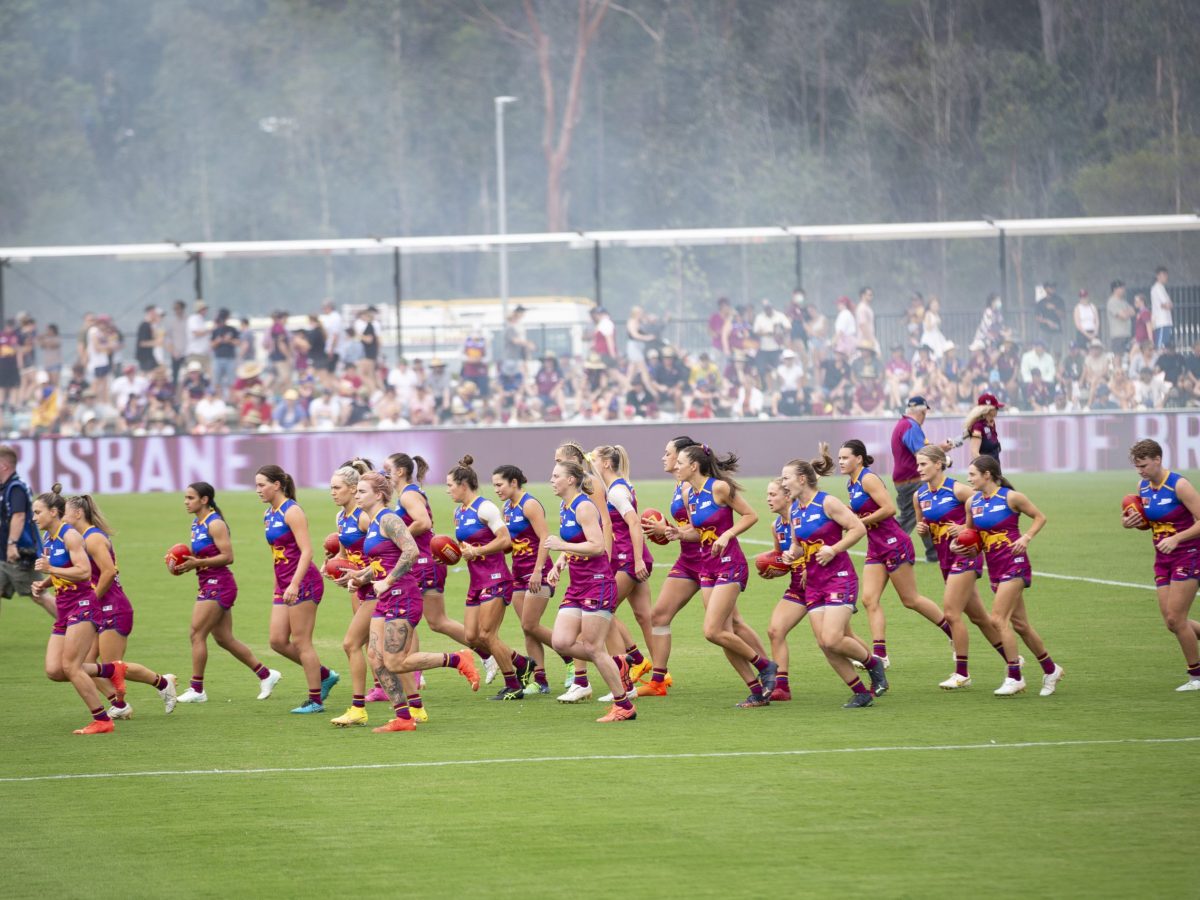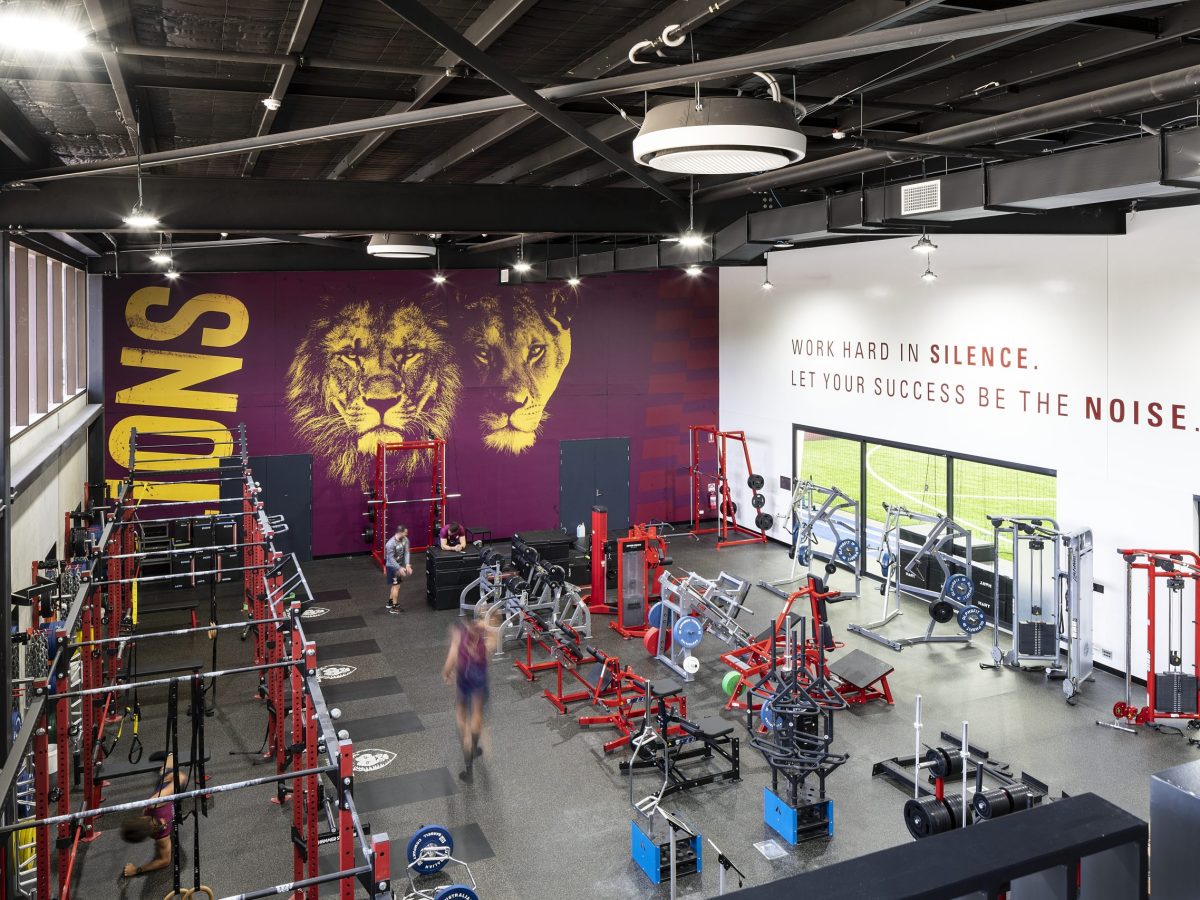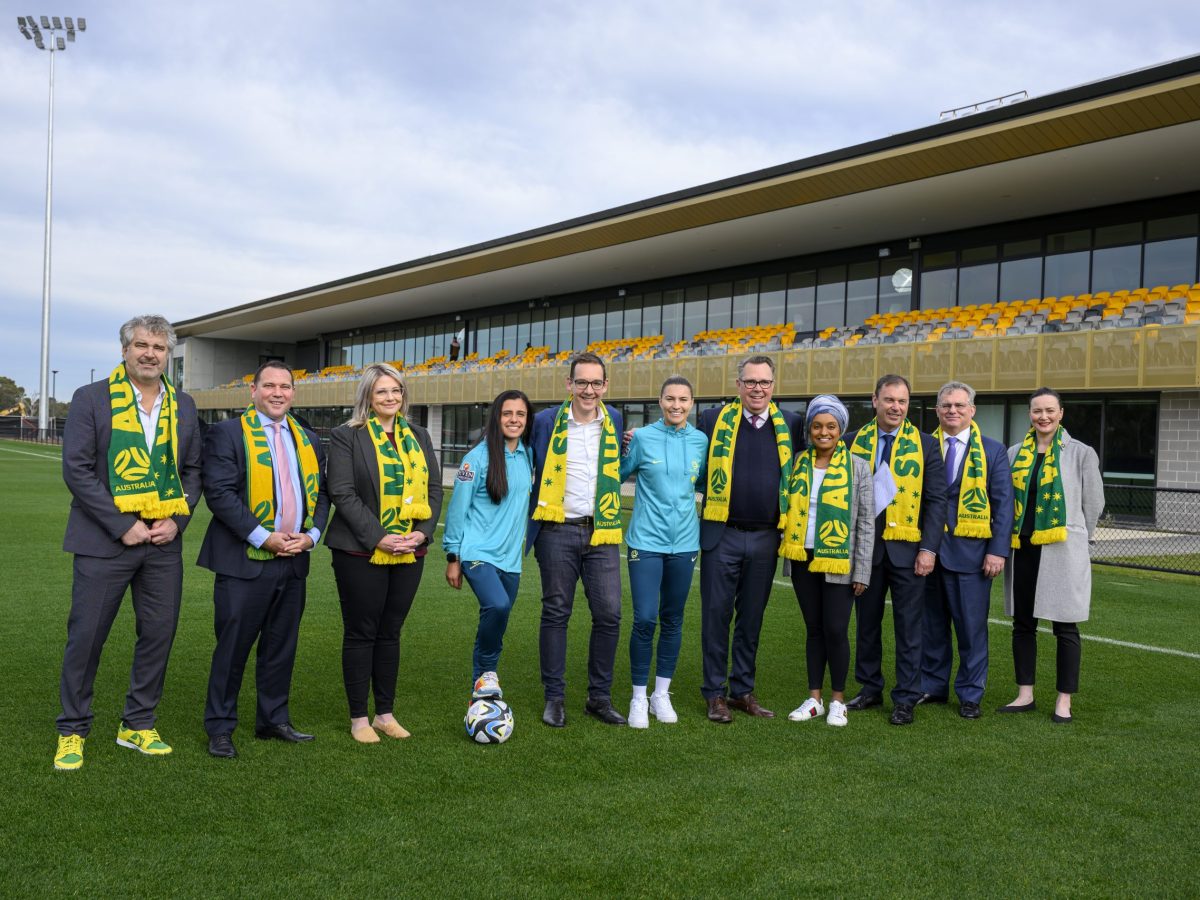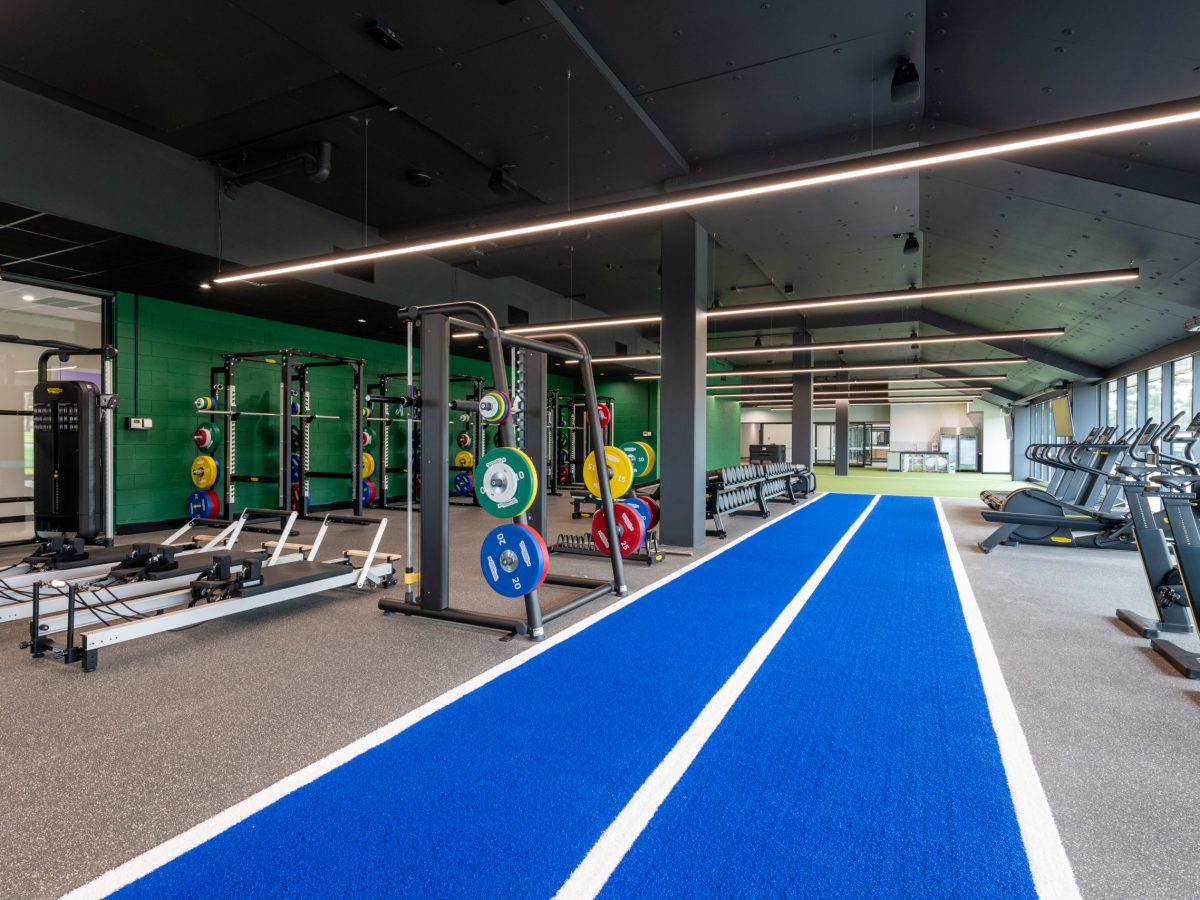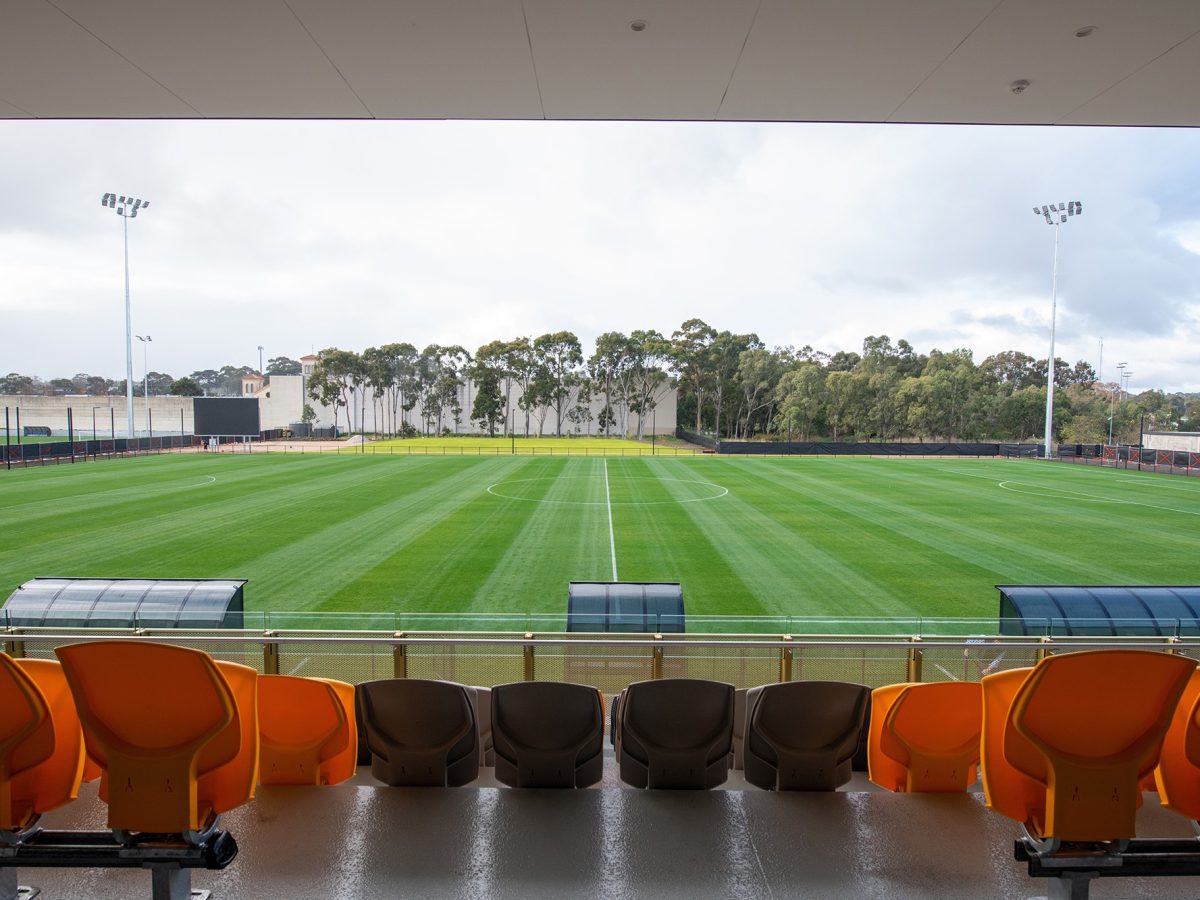September 6, 2024
Designing for Women’s Sports: Don’t Segment Us, Include Us!
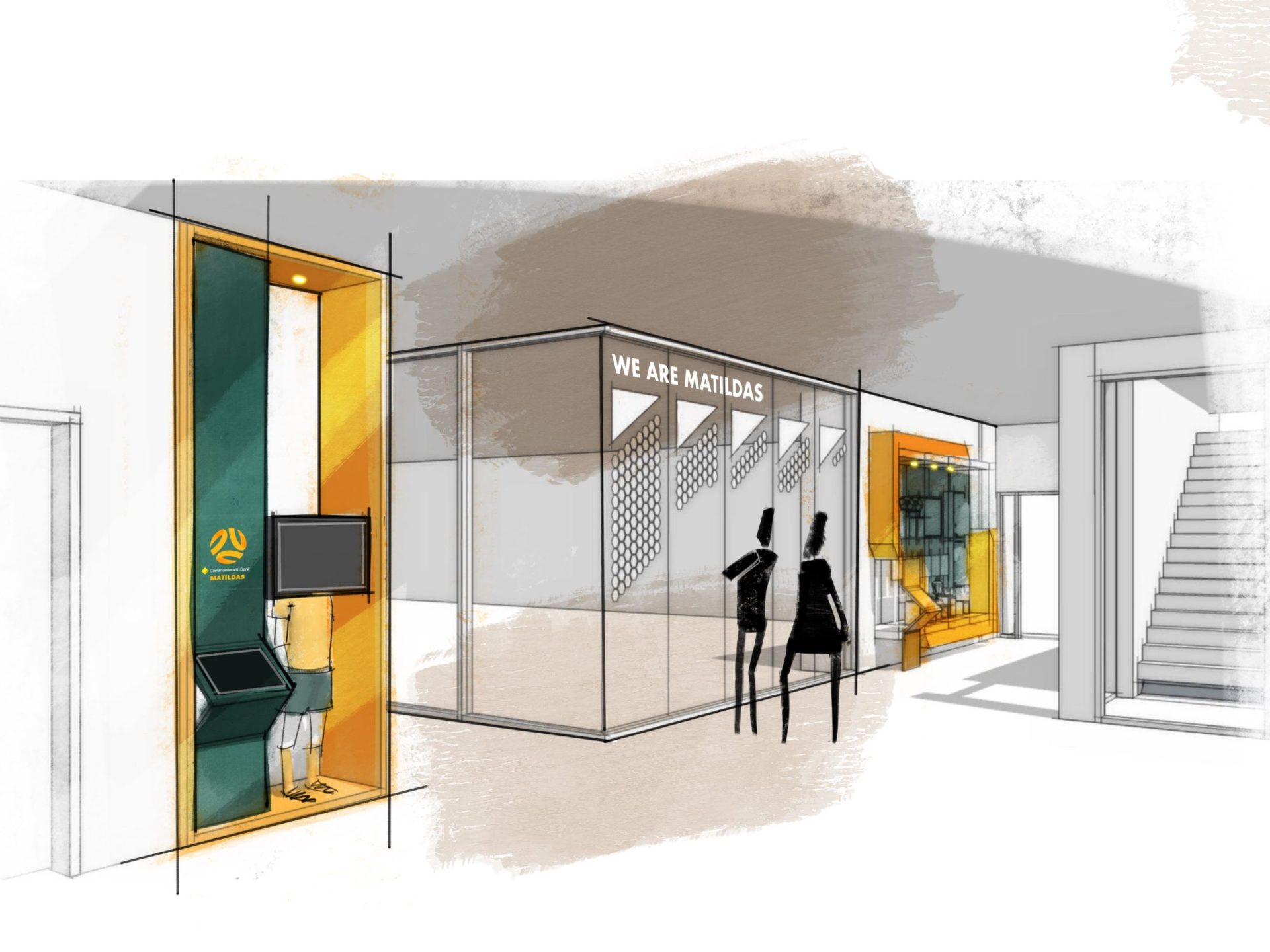
The evolution from universal design—which initially focused on meeting minimum standards for a minority of people and often became a checklist exercise—to inclusive design, has become a crucial part of integrating all members of society into active social life and building resilient communities.
The shift from Universal Design, which initially focused on meeting minimal standards for a small subset of people and often turned into a checklist exercise, has been significant. This evolution to Inclusive Design represents a critical advancement in integrating all members of society into active social life and fostering resilient communities.
CABE published and promoted the principles of Inclusive Design as it relates to the built environment:
- Inclusive – so everyone can use it safely, easily and with dignity.
- Responsive – taking account of what people say they need and want.
- Flexible – so different people can use it in different ways.
- Convenient – so everyone can use it without too much effort or separation.
- Accommodating for all people, regardless of their age, gender, mobility, ethnicity or circumstances.
- Welcoming – with no disabling barriers that might exclude some people.
- Realistic – offering more than one solution to help balance everyone’s needs and recognising that one solution may not work for all.
Applying these principles to the design of sports facilities creates barrier-free spaces accessible to all visitors and athletes, regardless of their physical or functional abilities. This approach offers social benefits by promoting inclusivity and commercial advantages by maximizing the potential of the sports complexes.
Australian females in sports.
As in most countries, the female population in Australia exceeds the male population, with a general trend toward an older female demographic. The typical Australian woman is 39 years old and has a life expectancy of 85.4 years.
The statistic2,3 of the participation in a sport related activity at least once a week shows the following numbers:
Women (aged 15+) – 32%
Women with disability (aged 18+) – 18%
First Nations’ women (aged 18+) – 26%
Girls (aged 0-14) – 46%
The growth of professional women’s sports in Australia is exemplified by the increase in the number of AFL Women’s teams, which grew from 8 teams in 2017 to 18 teams in 2022, matching the number of men’s teams in the AFL.
Despite this progress, women remain underrepresented in organized sports in Australia—whether as participants, coaches, officials, administrators, or board members—compared to their male counterparts. This disparity is partly due to unequal opportunities, including insufficient facilities, limited female and youth engagement, and a lack of safe and welcoming spaces for training and competitions.
During extensive public discussions and workshops within the female community, a key message emerged: “Don’t segment us! Include us!” This highlights the demand for equal opportunities in both elite and community sports engagement. Promoting an active lifestyle from childhood, integrating people of various ages, abilities, and cultural backgrounds into training processes, and providing access to world-class equipment, facilities, and playing fields are essential for developing a healthy nation that values diversity and inclusion.
Recognizing these needs has led to a growing demand for multi-functional, inclusive, and mixed-use sports facilities. Such facilities should offer equal access to elite training zones for both male and female athletes while encouraging women of all ages to participate in community sports activities within a safe and family-friendly environment.
Brisbane Lions Brighton Homes Arena
The Brisbane Lions Brighton Homes Arena (BHA) is a unique example of a sports and entertainment venue seamlessly integrating elite sporting and community-focused elements to create a destination precinct in an emerging urban environment.
In recent years, the rapid rise of the AFLW competition has led to a need for a dedicated playing arena, as well as expansion of the current high performance training facilities to accommodate both male and female elite athletes and bring them up to date with competition standards.
The Brighton Homes Arena is a 9,000 seat boutique community arena utilised for AFLW Queensland along with hosting representative matches and as a dedicated place for junior development. It is the first AFLW arena designed to host professional matches at a new home, rather than retrofitting an existing AFL ground.
The Brighton Homes Arena sets a new benchmark for delivering equal opportunity facilities in an elite sporting environment. From concept to built form, it distinguishes itself as the first AFL Women’s Premiership arena purposefully designed in Australia, a departure from retrofitting existing venues.
Located within Queensland’s second fastest growing region and the seventh-fastest in Australia, BHA will provide recreation, wellness and meeting facilities for up to 580,000 people by 2031.
From its inception, BHA aimed to be more than just another elite sports facility. It sought to serve diverse needs including community recreation and health. The arena is the anchor for an engaging and active sports and entertainment precinct, one which connects the club to the surrounding residents, schools and businesses.
To create an engaging civic precinct and extend the Lions’ relationship with the broader community, over 50% of the facility is made accessible to the public all year round.
The Arena design places a central focus on gender equality, having been designed to provide equal high-performance facilities for the Brisbane Lions’ AFLW and AFL teams, as well as to create the first purpose-built AFLW Premiership match venue in Australia. The co-location of key areas for the AFL and AFLW drove cost efficiencies for the project through considered planning of shared spaces and allowed for more investment in public amenities across the campus. The Arena also provides a training hub that allows the Lions to engage and support the 600+ families and young players who are members of the Brisbane Lions’ Academy (elite youth sport pathway) each year.
The Home of the Matildas.
In 2023 Australia and New Zealand hosted the FIFA Women’s World Cup, and preparation to this event had affected the whole female population of the country. Women’s football became the fastest growing sports in the country, and participation in the sport in 2022 was up by 21% on the previous year.
These changes were also heated up by the growing popularity of the Women National Football Team – “Matildas”, who had a record for the highest attended standalone women’s football match in the country’s history in 2019, successfully participated in Olympic Games in Tokyo, and had a remarkable achievement during the FIFA World Cup in their Homeland.
Significantly increased interest to the female football led to development of the project of The Home of the Matildas – a purpose-built, high-performance elite training facility in Victoria’s La Trobe University Sports Park, the largest football-specific infrastructure project in Australia’s history.
Sitting within the precinct is the new elite training centre for the Australian women’s football team which is also the permanent home for Football Victoria’s representative teams for women and men of all ages and their administration operations.
As Principal Design Consultant, Populous created a modern, centralised, gender neutral, football facility as a ‘Football for All’ venue for players and officials of the World Game.
The $57 million facility is one of the first in Australia for a national Football team to call home while connecting all levels of Footballers from grass roots community players to state and national youth teams and supports player pathways to becoming a Matilda.
The facility was delivered with help from the Victorian and Federal Government and will assist in providing a homebase to foster youth talent, strengthen senior elite talent and become a home for Victoria’s best players, officials, coaches and administration staff.
Design objectives for the facility focused on providing a safe, inclusive and enjoyable environment for all footballers, coaches, referees and volunteers, irrespective of age, gender or ability.
The athlete journey was also a major focus in the planning and design of the building to ensure the athlete moves through the spaces efficiently to maximise their training time and collaboration with the teams.
Another value of having all levels of athletes able to train together is the visible elite player pathways and shared learnings through observation and collaboration; reinforced with equity through the provision of spaces designed for use by all.
Equivalent training facility provision provided for both men and women in football facilities are located within the buildings to optimise access and interactions when using the gym, auditorium, team meeting rooms and the premier field.
Both junior and senior players can follow in the footsteps of their football heroes with opportunities to train and play on the five natural, hybrid and synthetic pitches.
The medical and rehabilitation facilities are located centrally to optimise their use by the playing group with increased levels of privacy to cater to players of all ages. The Football Victoria administration space is open plan to unify the admin body with its wider training, players and community operation groups.
Through these closer synergies, the new facility nurtures the positive culture of the organisation, promoting a comfortable, non-hierarchical work environment for staff.
The Home of the Matildas provides year-round access to elite training and match facilities which delivers the best opportunities to enjoy programs, competitions and training which can upskill women both on the pitch and in sports admin and leadership.
As part of Football Australia’s bold and ambitious Legacy ‘23 plan, Victoria is leading the way in ensuring that there will be an everlasting legacy for women and girls’ football long after 2023 FIFA Women’s World Cup tournament has been successfully held in the region.
The precinct will provide a world-class training facility and a home that celebrates and recognises the pinnacle of women’s football in Australia and provides a global benchmark that will enable the world game for women.
The Home of the CommBank Matildas delivers on the vision for the code by fostering a deep comradery to unite a football organisation with a culturally positive environment.
The projects discussed above set a strong precedent for the future integration of female sports into both elite and community sports environments in Australia and globally. They highlight the commercial and social benefits of such integration. Inclusion begins at the grassroots level and from a young age, and the design of public and sports facilities should support this by offering equal opportunities and accessibility for all members of society, regardless of age, gender, race, or physical and mental abilities.
References:
- AusPlay National Sport and Physical Activity Participation Report, Australian Sports Commission, (November 2022)
- AusPlay Data Portal: Sport-related participation – frequency of participation, Australian Sports Commission, (accessed 1 May 2023)
- Prof. Clare Hanlon, Susan Alberti. Women in Sport. Victoria University (June 2023)
- Howard Fletcher. The principles of inclusive design. (They include you). CABE (2006)
Lorem ipsum dolor sit amet consectetur, adipisicing elit. Non facere corporis et expedita sit nam amet aut necessitatibus at dolore enim quis impedit eius libero, harum tempore laboriosam dolor cumque.
Lorem, ipsum dolor sit amet consectetur adipisicing elit. Illo temporibus vero veritatis eveniet, placeat dolorem sunt at provident tenetur omnis, dicta exercitationem. Expedita quod aspernatur molestias eum? Totam, incidunt quos.


